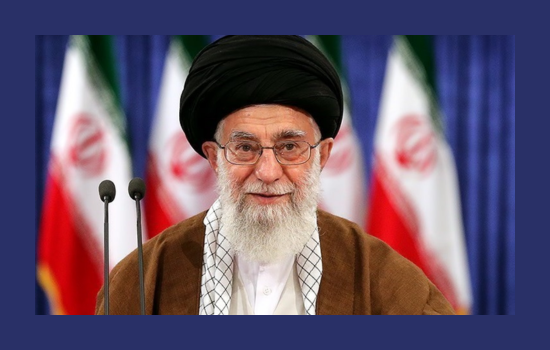David Patrikarakos, UnHerd, May 21, 2024
“Raisi was a senior figure in the regime, but ultimately it was Khamenei who still ruled.”
It couldn’t have happened to a more deserving man. Ebrahim Raisi’s presidential career represented the worst of the Islamic Republic. As Tehran’s deputy prosecutor less than a decade after the revolution, he was a member of the so-called “death commission” that oversaw the massacre of more than 30,000 people in the summer of 1988, most of whom were members of the opposition Mojahedin-e-Khalq movement. Thousands were imprisoned and killed, often for the “crime” of distributing an opposition newspaper, or even just reading it. Few received any sort of due process.
It was a crime that sickened many even within the regime. It is perhaps some form of justice that Raisi was never able to shake the nicknames that followed: “the butcher of Tehran” or, less prosaically, Ayatollah-e ghatl-e ām (the Ayatollah of massacre). Even when he was elected to the presidency in 2021, while serving as head of the judiciary, it was with the lowest percentage of the vote in the Islamic Republic’s history.
He was also a lousy president. In a tenure marked by the systematic elevation of hardline figures at the expense of moderates to key positions, the economy tanked, strafed by inflation at more than 40% while the Iranian Rial also plummeted. Then of course there were the anti-hijab protests that began in September 2022 when the country’s fetid religious police murdered 22-year-old Mahsi Amini for incorrectly wearing her hijab. The protests eventually spread to over 100 cities across Iran, during which the state murdered at least 551 people, including 68 children. … [To read the full article, click here.}


